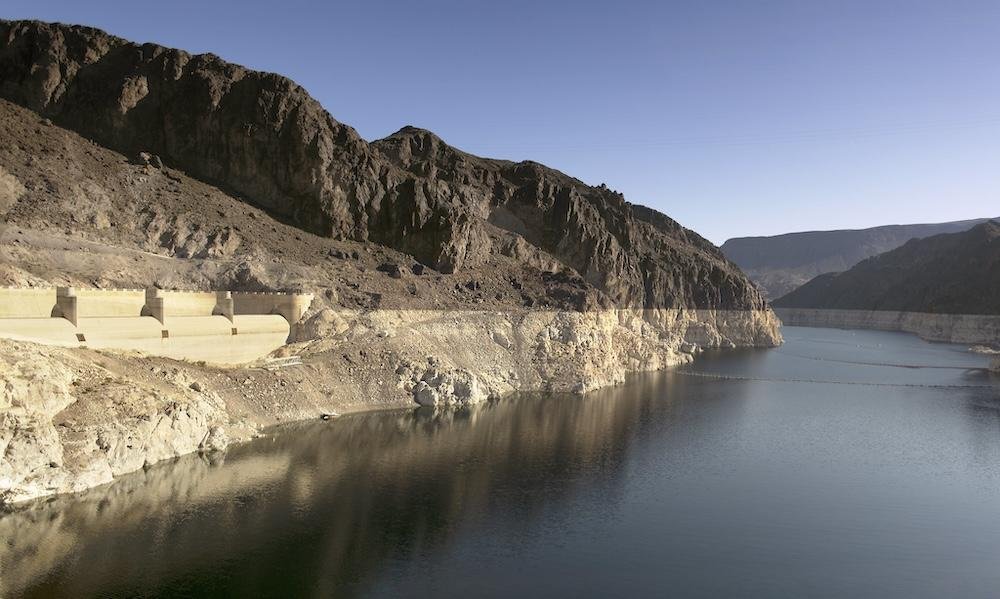Entertainment
Impending Colorado River Allotment Reductions Set to Impact Arizona, Nevada, and Mexico

Recent assessments from the Bureau of Reclamation indicate Lake Mead is expected to enter a “shortage condition” in 2025, despite a half-foot rise in Lake Powell’s water levels this year. This status will necessitate reductions in Colorado River water allocations for Arizona, Nevada, and Mexico.
Heather Patno, a hydraulic engineer at the Bureau’s Glen Canyon Dam, stated that although reservoirs appear to be maintaining normal levels, ongoing decreases in storage are anticipated as winter approaches. Patno noted that winter runoff is expected to follow the storms experienced earlier this year, contributing to the complex challenge of managing water resources in the region.
As it stands, Lake Mead is only a third full, contrasting sharply with both Lake Mohave and Lake Havasu, which are 95% full. In light of this, Arizona will have to reduce its water usage by 512,000 acre-feet, Nevada by 21,000 acre-feet, and Mexico by 80,000 acre-feet in 2025.
Bronson Mack, outreach manager for the Southern Nevada Water Authority, acknowledged that such cuts had been anticipated. He highlighted the consistency of these shortages, pointing out that Nevada faced similar reductions in 2024 and 2022. Mack emphasized the critical nature of these changes for southern Nevada, particularly Las Vegas, which has achieved a 42% reduction in water usage since 2002 through various conservation initiatives.
Arizona’s water reduction aligns with practices established to mitigate water scarcity. Shauna Evans from the Arizona Department of Water Resources confirmed that the state will not impose additional cuts but continues to engage in significant conservation efforts. Since 2014, Arizonans have collectively conserved over 3 million acre-feet of Colorado River water.
The state’s ongoing commitment to water conservation is further reinforced through the Lower Basin System Conservation and Efficiency Program, which aims to conserve nearly 1 million acre-feet by 2026. Tom Buschatzke, the department’s director, acknowledged the critical funding provided through President Biden’s Inflation Reduction Act, which has facilitated cooperative conservation efforts throughout the Lower Basin.
The Bureau of Reclamation echoed this sentiment, noting that nearly $13 billion is being leveraged from the Bipartisan Infrastructure Law and Inflation Reduction Act to secure water conservation agreements and upgrade aging water infrastructure across the West. These investments are projected to yield at least 3 million acre-feet of conservation savings by the end of 2026.
With more than two decades of drought affecting the Colorado River, a vital water source for 40 million people and significant agricultural operations, careful management remains essential. The river’s resources are allocated among seven U.S. states, 30 Native American nations, and Mexico under a 1922 agreement, with California receiving the largest share.
The Bureau of Reclamation acts as a mediator among various water users, providing monthly reports that project water availability from the river and its reservoirs over a span of 24 months. With combined storage levels at only 37% of capacity, ongoing investments in infrastructure and conservation have become increasingly vital for ensuring water security in the western U.S.
















